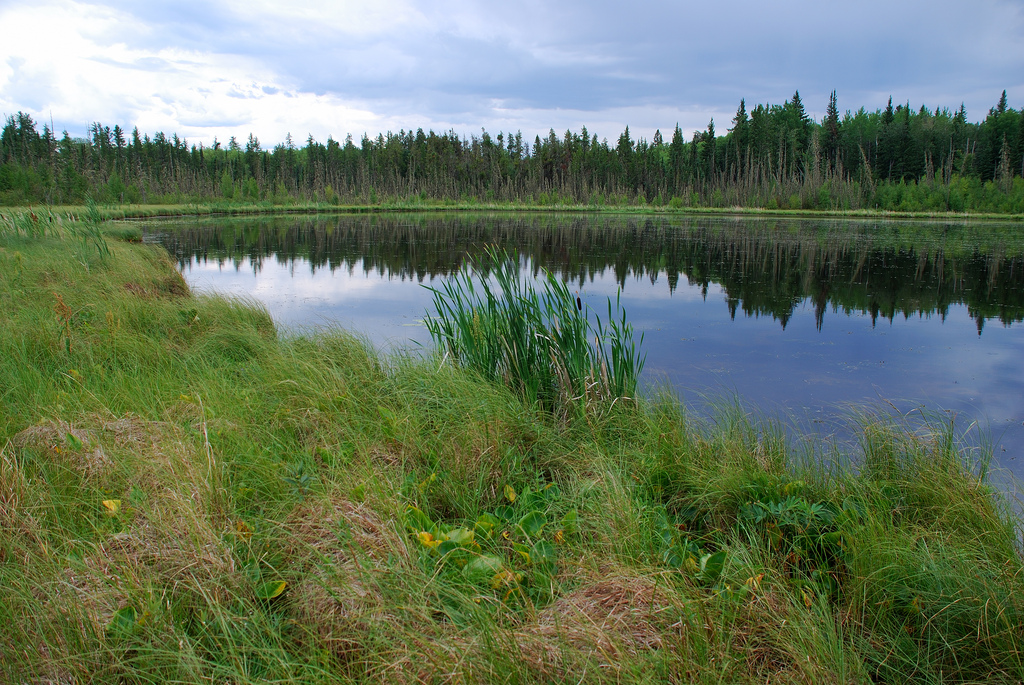Scientists and policy makers gathered at Mount Royal University on February 1, 2019 to learn more about how wetlands help mitigate climate change and protect cities like Calgary, Alberta from catastrophic floods. The symposium ushered in World Wetlands Day on February 2, 2019.
“Wetlands are prize land, not waste land,” said Felix Nwaishi, PhD, assistant professor in the Department of Earth and Environmental Sciences at Mount Royal University and event organizer. “They are a crucial part of sustainable cities. During storms urban wetlands work like an over-flow parking lot to absorb excess rainfall and help it percolate into ground water.”
Pre-settlement Calgary had a large number of wetlands compared with other cities in Canada. Wetlands also support plant and animal life, filter groundwater, and mitigate climate change by removing excess carbon in the atmosphere and locking it up.
The symposium brought together scientists, the Government of Alberta, the City of Calgary, the Alberta Energy Regulator, industry, wetland conservation organizations, and students to close the “divide between wetland science and policy.” MRU plans to be a hub for the exchange of wetlands sustainability knowledge. The event was a joint initiative between the Miistakis Institute, the Institute for Environmental Sustainability, and the Faculty of Science and Technology.
World Wetlands Day marks the adoption of the Convention on Wetlands, an international treaty for the conservation and sustainable use of wetlands intended to raise global awareness about the important role wetlands play in the health of people and the planet.
Connie Van der Byl, PhD, associate professor in the Bissett School of Business and the academic director of the Institute for Environmental Sustainability, said the symposium encouraged scholarship, engagement and learning.
“The World Wetlands Day Symposium and associated plans for a Mount Royal-led wetland sustainability hub fit perfectly with our mandate,” said der Byl. “The symposium and hub enable collaboration between academia, government and practitioners and leverage diverse perspectives to develop innovative solutions to this important environmental issue.”









